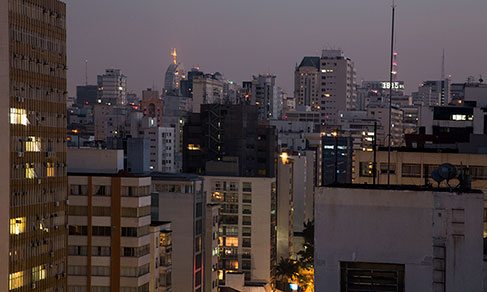2022 Census
In Ceará, IBGE releases Census results concerning color or race with the support of Palmas Bank
December 28, 2023 12h00 PM | Last Updated: December 29, 2023 11h28 AM
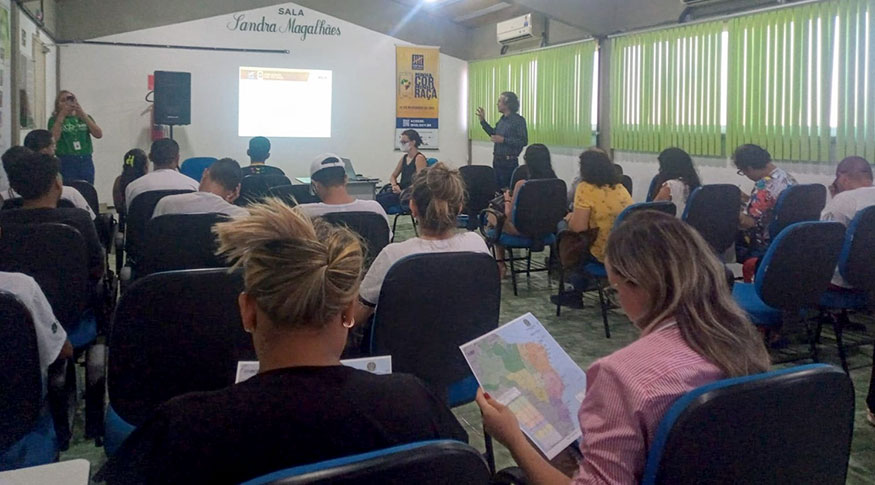
Last Friday, December 22nd, another important piece of data from the 2022 Population Census was revealed: the color or race of Brazilians. As on previous occasions, the IBGE State Superintendence in Ceará (SES/CE) organized an event to present the State's results. But this time, the dissemination included the important partnership of Instituto Banco Palmas (Palmas Bank Institute), headquartered in the Conjunto Palmeiras neighborhood in Fortaleza-CE, which offered its facilities and mobilized the local community.
The event took place in the Sandra Magalhães Auditorium, at the Palmas Bank headquarters, and was attended by representatives of the institution, as well as community leaders and residents of the neighborhood. Helder Rocha, Head of the Information Dissemination Section (SDI) of SES/CE, led the presentation of the ethnic-racial profile of Ceará, with data by municipality, sex and age. The local press also attended the event to cover the release and publicize the State's results.
First communitary bank of Brazil
“The IBGE will be at Palmas Bank presenting the results of the Census regarding the races and colors of Brazil… We will sse you there!”, posted Joaquim Melo, founder and CEO of Palmas Bank, in a video on the Institute's social media. The invitation was aimed at the population served by the financial institution, which includes not only residents of the neighborhood of Conjunto Palmeiras, but also other communities, as the bank has been expanding its services to adjacent neighborhoods.
In 1998, the Conjunto Palmeiras Residents' Association (ASMOCONP) created the Banco Palmas, the first community bank in Brazil, and also Palmas, the country's first social currency. The purpose was to offer financial services to residents of the outskirts of Fortaleza-CE and , in this way, contribute to local socioeconomic development.
“Here we also work social and cultural aspects. Whenever possible, the bank supports community projects. We foster partnerships with institutions in the neighborhood to meet more and more people's demands”, explains Patrícia Lima, financial director of Palmas Bank, highlighting the institution's actions, which go far beyond banking services.
After 25 years of existence, Palmas Bank's pioneering experience has proven successful, having become an example for many other communities and driving the creation of the Brazilian Network of Community Banks, today with 103 institutions being part of it.
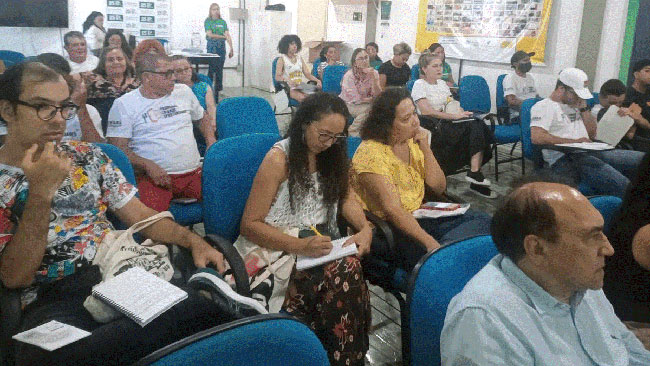
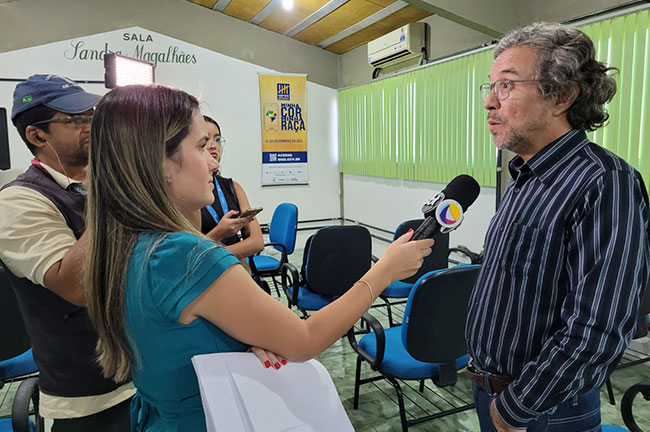

 Katiana Oliveira, president of the Conjunto Palmeiras residents' association, talked about the data released
Katiana Oliveira, president of the Conjunto Palmeiras residents' association, talked about the data released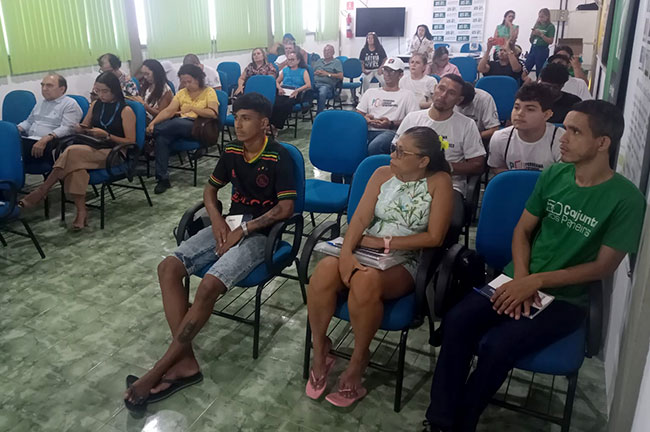
In 2010, Conjunto Palmeiras registered predominance of brown population
The presentation of data from the 2022 Census on Color or Race of Ceará's population was included in the programs celebrating the anniversary of Conjunto Palmeiras, which turned 50 in 2023. The neighborhood where Palmas Bank is headquartered had 36,599 residents in the 2010 Population Census, whose majority (67.16%) were self-declared brown.
The percentage of brown residents in Conjunto Palmeiras was higher than that recorded in 2010 in Fortaleza (57.23%), Ceará (61.88%) and in Brazil (43.13%). Results from the 2022 Census for the neighborhood territorial level have not yet been released, but data for the municipality (59.99%), the State (64.71%) and the Country (45.34%) point to an increase in the self-declaration of brown persons.
Based on her work with the population, Katiana Oliveira, social assistant and president of the Conjunto Palmeiras Residents' Association (ASMOCONP), confirms that the majority of the neighborhood's residents are brown. But she also claims that there are other socioeconomic indicators that have been more often used when the neighborhood is mentioned in the news.
The classification of Conjunto Palmeiras in the Human Development Index (HDI), for example, is a recurring topic among leaders, who point out the discrepancy between the actions promoted by the community and the permanent social vulnerability of its inhabitants. “There has been no improvement, the governments are not implementing it... As we are the poorest neighborhood in Fortaleza, more public policy investments should obviously be made in our territory. The wonderful and gigantic work that the IBGE does must pay”, claims the social work assistant.
Ceará's data for color or race
Data about Ceará presented in the release '2022 Population Census 2022: Ethnic-racial identification of the population, by sex and age' revealed that the population residing in the State is made up of 5,690,973 brown persons (64.7%), 2,456,214 white ones (27.9%), 595,694 black persons (6.8%), 56,372 Indigenous persons (0.6%) and 11,256 Asian (yellow) ones (0.1%).
Compared to 2010, the total population of Ceará showed a percentage change of 4.1%. As for color or race, the variation recorded between 2010 and 2022 was -9.2% for the white population, 51.7% for the black population, -89.3% for the Asian (yellow) population, 8.8% for the brown population and 172.4% for the Indigenous population.
The brown color or race is predominant in 183 of the 184 municipalities in Ceará. Only the municipality of Potiretama had a majority of white persons (52.3% of the population). The capital Fortaleza recorded the 3rd largest brown population among the country's municipalities: 1,456,901 brown persons.
In Ceará, Salitre is the municipality with the highest proportion of black persons (14.7%); Choró has the highest percentage of brown persons (80.9%), and Monsenhor Tabosa has the greatest share of Indigenous persons in relation to its total population (28.3%).



















